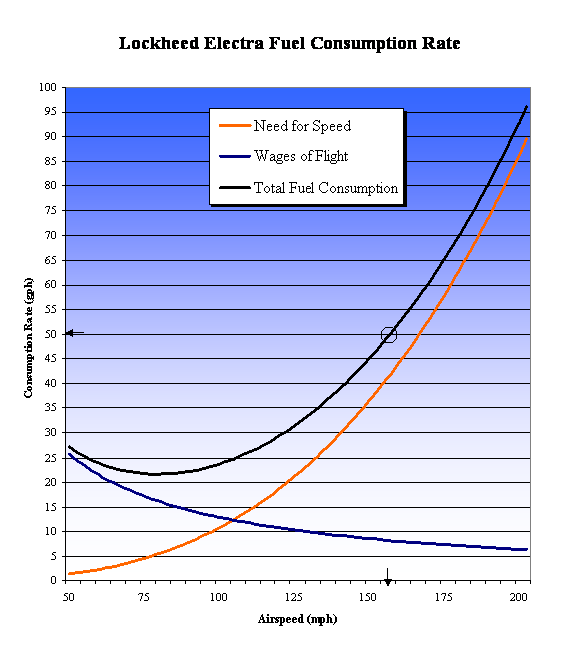|
Copyright ©2010 by Paul Niquette. All rights reserved. |
||
 On July
2, 1937 at 0000 Greenwich Civil Time (GCT), Amelia
Earhart began her take-off roll at Lae, New Guinea for
Howland Island 2,556 miles toward the east. Her
specially modified Lockheed Electra 10E, the "flying
laboratory" sponsored by Purdue University, took off
with 1,100 U.S. gallons of aviation fuel on board,
enough for 22 hours aloft at a consumption rate of 50
gph. Navigator for the flight was Fred
Noonan. His plan called for the plane to fly at an
airspeed
of 157 mph against an estimated headwind of 15
mph. The Electra would thus reach Howland in 18
hours and land with 200 gallons of fuel in
reserve. As known for more than seven decades,
things did not work out according to plan. On July
2, 1937 at 0000 Greenwich Civil Time (GCT), Amelia
Earhart began her take-off roll at Lae, New Guinea for
Howland Island 2,556 miles toward the east. Her
specially modified Lockheed Electra 10E, the "flying
laboratory" sponsored by Purdue University, took off
with 1,100 U.S. gallons of aviation fuel on board,
enough for 22 hours aloft at a consumption rate of 50
gph. Navigator for the flight was Fred
Noonan. His plan called for the plane to fly at an
airspeed
of 157 mph against an estimated headwind of 15
mph. The Electra would thus reach Howland in 18
hours and land with 200 gallons of fuel in
reserve. As known for more than seven decades,
things did not work out according to plan.
Waiting for the flight at Howland was
USCG Cutter Itasca. At 1912 GCT, a radio
operator on Itasca heard the following
transmission from Amelia Earhart (see Simplexity Aloft):
Some investigators over the years have speculated that the Electra ran out of fuel an hour or more after that transmission. At 1912 GCT, Amelia Earhart implied that the flight had succeeded in reaching a close proximity to Howland ("WE MUST BE ON YOU"). At that time, there should have been 125 gallons still on board -- enough for two and a half more hours aloft, at the flight's cruise-power setting of 50 gph. Her urgent statement, "GAS IS RUNNING LOW" raises a question: What happened to the rest of the fuel?
{1} That the flight had taken a direct course to Howland,Nota bene, solvers of...
{a} That by 1912 GCT, the flight had already traveled farther than 2,556 miles,  Solvers
of Which way Amelia? will be
given an opportunity to evaluate all three likelihoods
and others. Meanwhile, solvers of Wages of Flight puzzle will
find the graph below derived on the solution page.
It can be used to approximate the rate of fuel
consumption for any airspeed flown by Amelia Earhart's
Lockheed Electra. Solvers
of Which way Amelia? will be
given an opportunity to evaluate all three likelihoods
and others. Meanwhile, solvers of Wages of Flight puzzle will
find the graph below derived on the solution page.
It can be used to approximate the rate of fuel
consumption for any airspeed flown by Amelia Earhart's
Lockheed Electra.
 If, as many Amelianna investigators
conclude, the Electra suffered fuel exhaustion some
unknown amount of time after 2013 GCT, here is one key
question...
|
